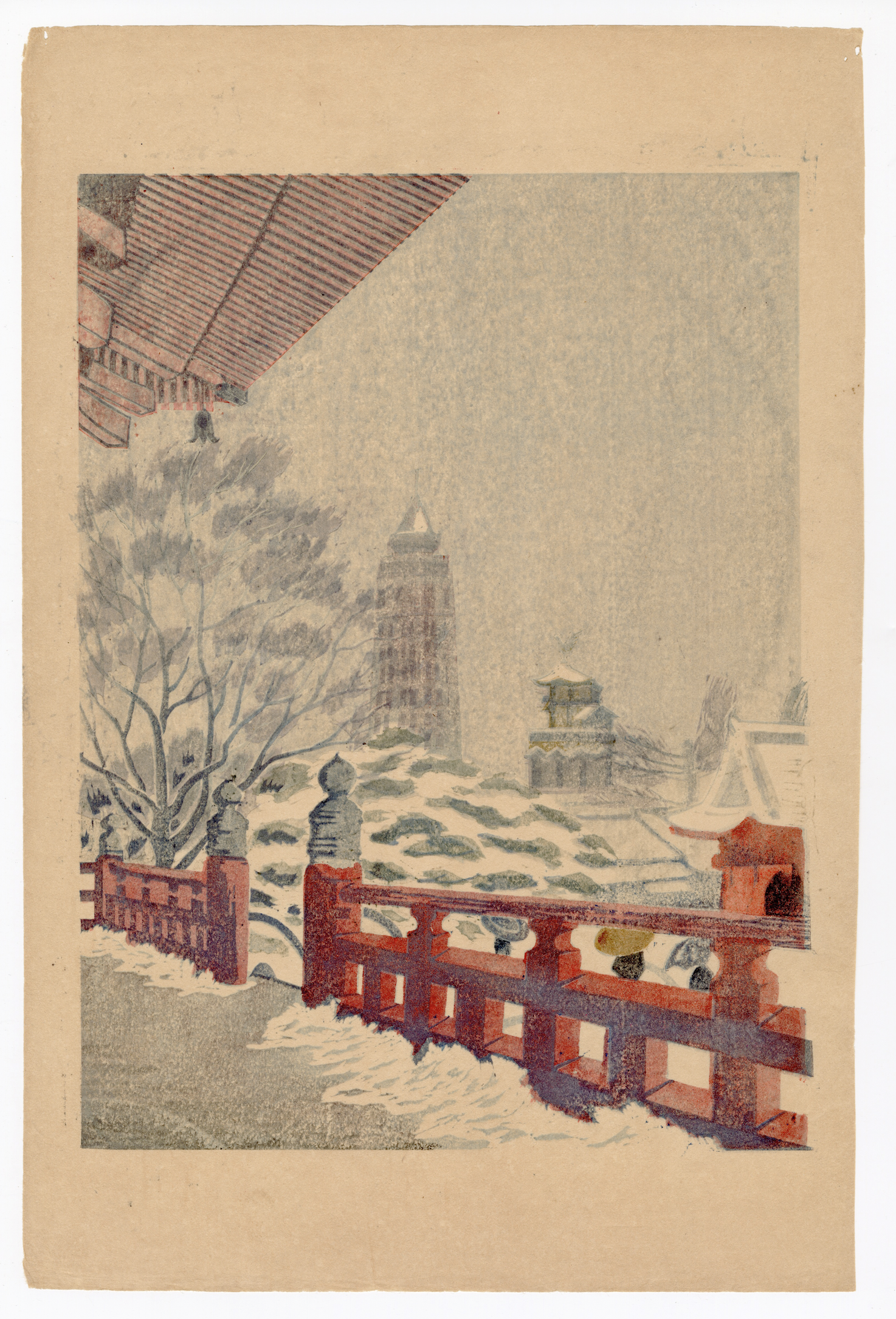Details
The Great Kanto Earthquake of 1923, a catastrophic event in Japanese history, profoundly impacted the realms of photography and printmaking. In its aftermath, photographers documented the widespread destruction, capturing haunting images of the devastation and human resilience, reflecting a new era of social consciousness and realism in Japanese photography. The disaster also played a pivotal role in revitalizing traditional woodblock printmaking, inspiring artists to create powerful and emotionally charged prints that depicted the earthquake's aftermath, offering a bridge between the past and present by blending traditional techniques with contemporary subject matter. This seismic event thus left an indelible mark on Japanese art, pushing it towards greater social engagement and a fusion of modern and traditional artistic sensibilities.
This book contains various photos and mechanical reproductions of documenting photos of the devastation caused by the earthquake. The book places careful attention on documenting the ruined Ryounkaku in Asakusa. This landmark structure was Tokyo’s first skyscraper built during the Meiji period. Considered Tokyo's most popular attraction, the tower showcased new technologies including Japan's first electric elevator. This tower was depicted in a variety of Meiji period prints and illustrations. The pre-earthquake Tobari Kogan and Kishio Koizumi prints illustrated below showcase the tower’s famous silhouette. The ruined tower became one of the haunting visions turned morbid icons for the Great Kanto Earthquake.
Connoisseur's Note
Dozens of publications were produced highlighting the devastation caused by the earthquake and the ensuing fires. As works of ephemera, the vast majority of these publications have been lost to time. This publication is also noteworthy for the striking color illustrations on its front and back covers. Its fine state of preservation makes this publication quite scarce and an important historical artifact.




